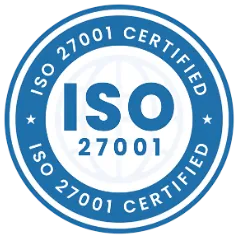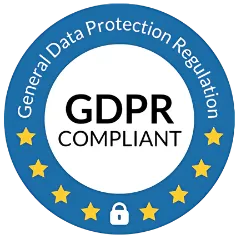Asset management is an essential aspect of any business, allowing companies to keep track of their valuable resources and ensure that they are being utilized efficiently. In recent years, the adoption of NFC (Near Field Communication) technology has revolutionized the way that businesses manage their assets, providing a range of benefits such as improved accuracy and efficiency. In this blog post, we will explore the future of asset management with NFC technology, and how it can help businesses optimize their processes and stay ahead of the competition.
Why is NFC technology important for asset management?
NFC technology allows for quick and easy data transfer between devices, making it an ideal solution for asset management. By using NFC-enabled devices, such as smartphones or tablets, businesses can scan and store asset data in a central database, providing real-time visibility into asset locations, usage, and maintenance needs. This can improve asset tracking and management, reduce the risk of errors, and ultimately save businesses time and money.
What are the benefits of using NFC tags?
There are several benefits to using NFC tags for asset management. These include:
Improved accuracy:
NFC tags provide accurate data on asset locations, usage, and maintenance needs, allowing businesses to make informed decisions about resource allocation and inventory management.
Enhanced Efficiency:
NFC technology allows for quick and easy scanning of assets, reducing the time and effort needed to manually input data. This can improve efficiency and productivity in asset management processes.
Cost savings:
By providing real-time visibility into asset locations and usage, NFC tags can help businesses reduce the risk of asset loss or theft, as well as improve maintenance scheduling to extend asset lifespan and reduce repair costs.
How can you get started with using NFC tags for your business?
To get started with using NFC tags for asset management, businesses will need to:
Choose NFC-enabled devices:
NFC tags can be scanned using smartphones or tablets with NFC capabilities. Ensure that the devices you choose are compatible with the NFC tags you plan to use.
Choose NFC tags:
NFC tags come in various sizes and formats and can be customized to suit your business needs. Consider factors such as tag durability, storage capacity, and cost when selecting NFC tags.
Implement NFC asset tracking software:
NFC asset tracking software allows businesses to store and manage asset data in a central database, providing real-time visibility into asset locations, usage, and maintenance needs. There are a range of NFC asset tracking software options available, so it's important to choose one that meets your business needs.
Future of asset management with NFC technology
The future of asset management with NFC technology is bright, with continued advancements in NFC technology and its applications for asset tracking and management. For example, NFC-enabled sensors can be used to monitor asset conditions such as temperature, humidity, and vibration, providing real-time data on asset health and usage. Additionally, NFC technology can be integrated with other IoT (Internet of Things) devices, allowing for more comprehensive asset management solutions.
Are there any challenges associated with using NFC tags?
While NFC technology offers many benefits for asset management, there are also some challenges to consider. For example, NFC tags have a limited range and require close proximity to the reader. This means that if an asset is not in range of an NFC reader, its location and status may not be updated in real-time.
To overcome this challenge, businesses may need to invest in additional NFC readers or mobile devices with NFC capabilities. For larger facilities or outdoor areas, this can be an expensive and time-consuming process, requiring a significant investment in infrastructure.
There is also the issue of compatibility. Not all devices are NFC-enabled, and not all NFC tags are compatible with all devices. This means that it is important to choose the right tags and devices for your business and ensure that they are compatible with each other.
Another challenge associated with NFC technology is data security. NFC tags can be read and written by anyone with an NFC-enabled device, making them vulnerable to unauthorized access or manipulation. To mitigate this risk, it is important to implement proper security measures, such as encrypting data stored on NFC tags or using a secure NFC reader that requires authentication before accessing data.
Finally, there is the issue of cost. While NFC tags are relatively inexpensive, the cost of implementing an NFC-based asset management system can add up quickly. Businesses need to factor in the cost of purchasing NFC tags, readers, and devices, as well as any software or IT infrastructure needed to support the system. However, the long-term benefits of increased efficiency and accuracy can outweigh the initial investment.
Despite these challenges, the benefits of using NFC technology for asset management far outweigh the drawbacks. As technology continues to advance, these challenges are likely to become less significant, making NFC technology an even more attractive option for businesses looking to optimize their asset management processes.
Conclusion:
NFC technology is quickly becoming an essential tool for businesses looking to streamline their asset management processes. By using NFC tags, businesses can quickly and accurately track assets, monitor their status, and manage maintenance schedules. The benefits of NFC technology are clear, including increased efficiency, accuracy, and transparency.
While there are challenges associated with using NFC technology, such as range limitations, compatibility issues, data security concerns, and cost, these challenges can be mitigated through proper planning, implementation, and ongoing management.
Looking ahead, it is clear that the future of asset management is closely tied to the evolution of NFC technology. As new advances are made, such as longer-range NFC tags or improved security features, the benefits of using NFC technology for asset management will continue to grow.
In conclusion, businesses that are looking to optimize their asset management processes should seriously consider implementing an NFC-based system. By doing so, they can reap the benefits of increased efficiency, accuracy, and transparency, while also future proofing their asset management processes for years to come.



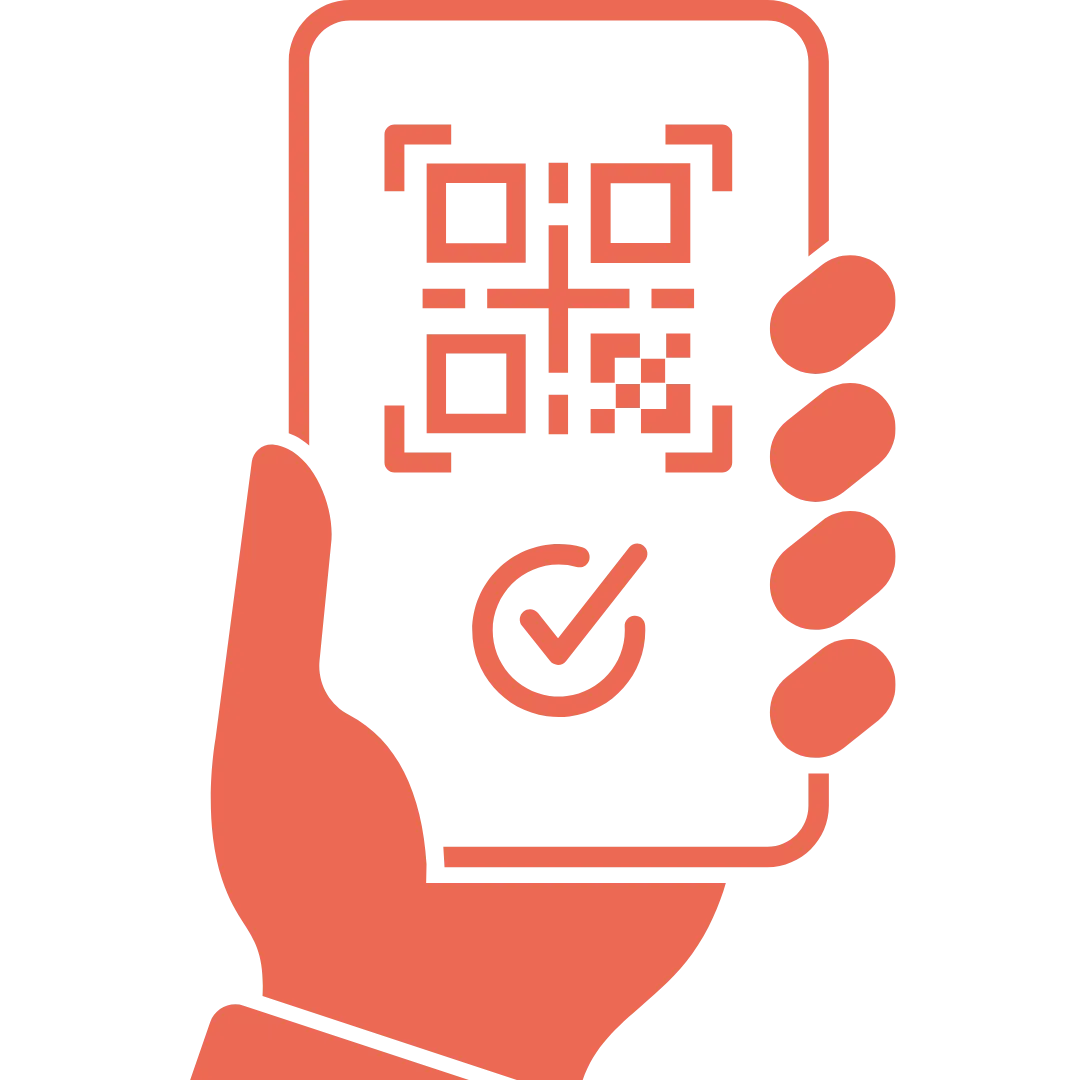








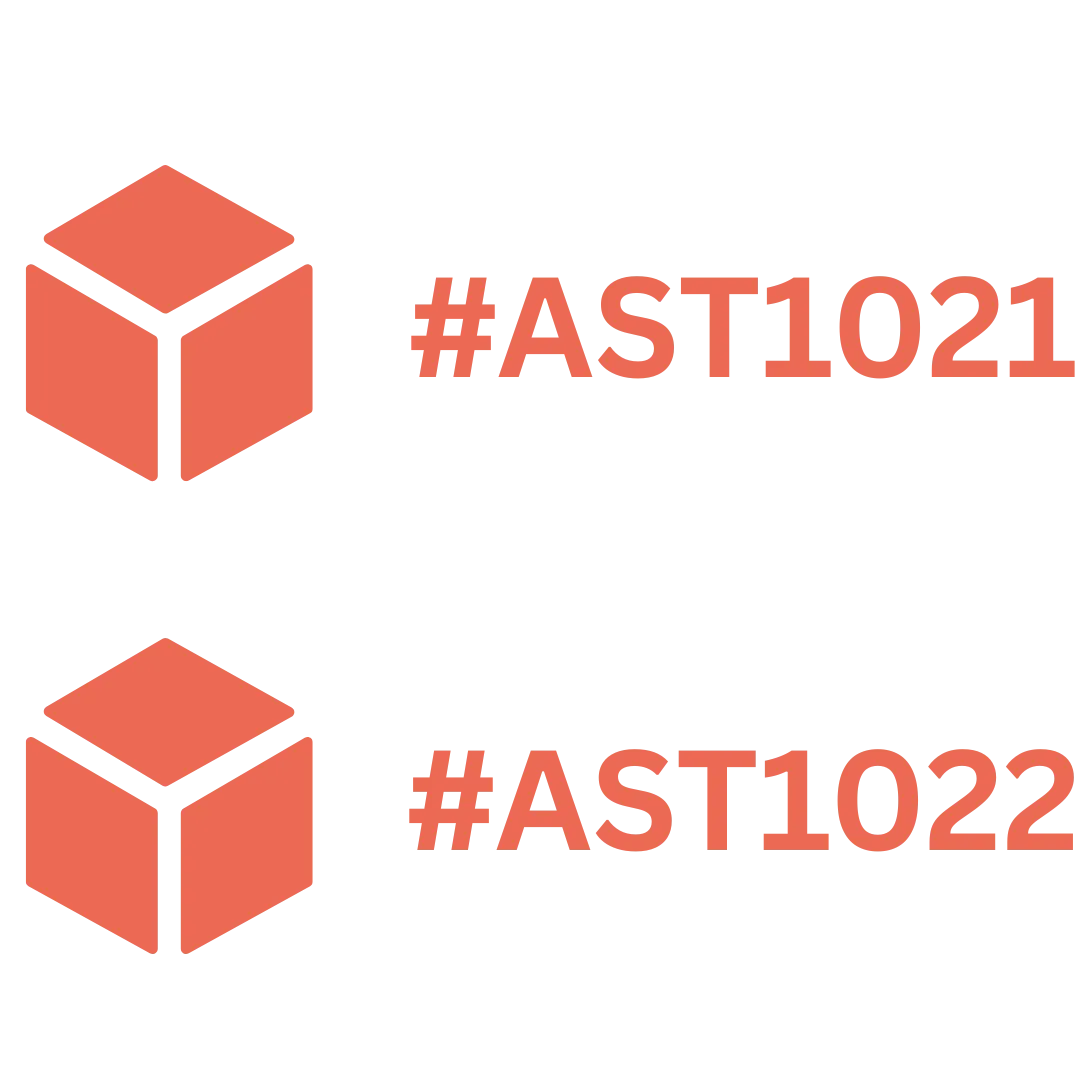





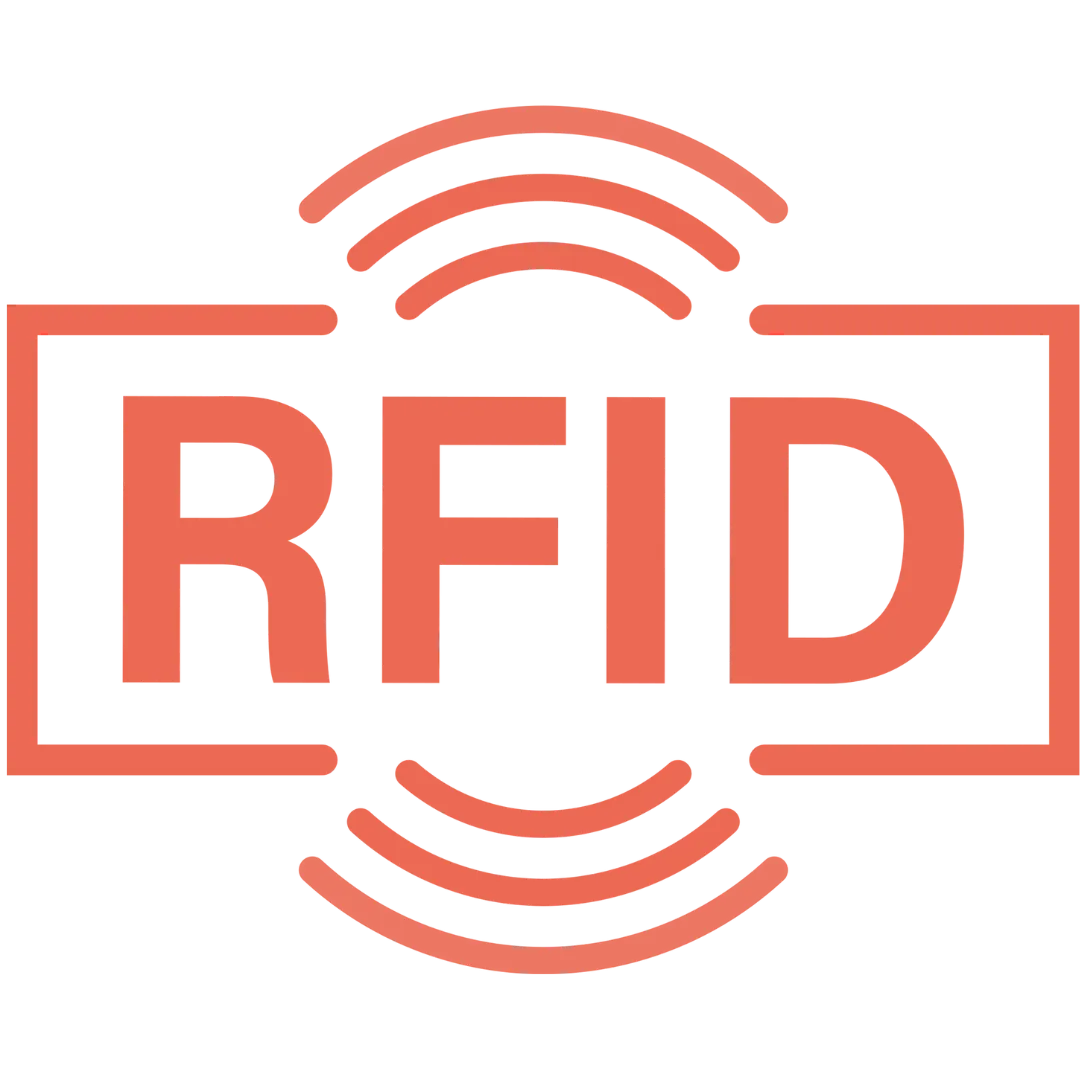

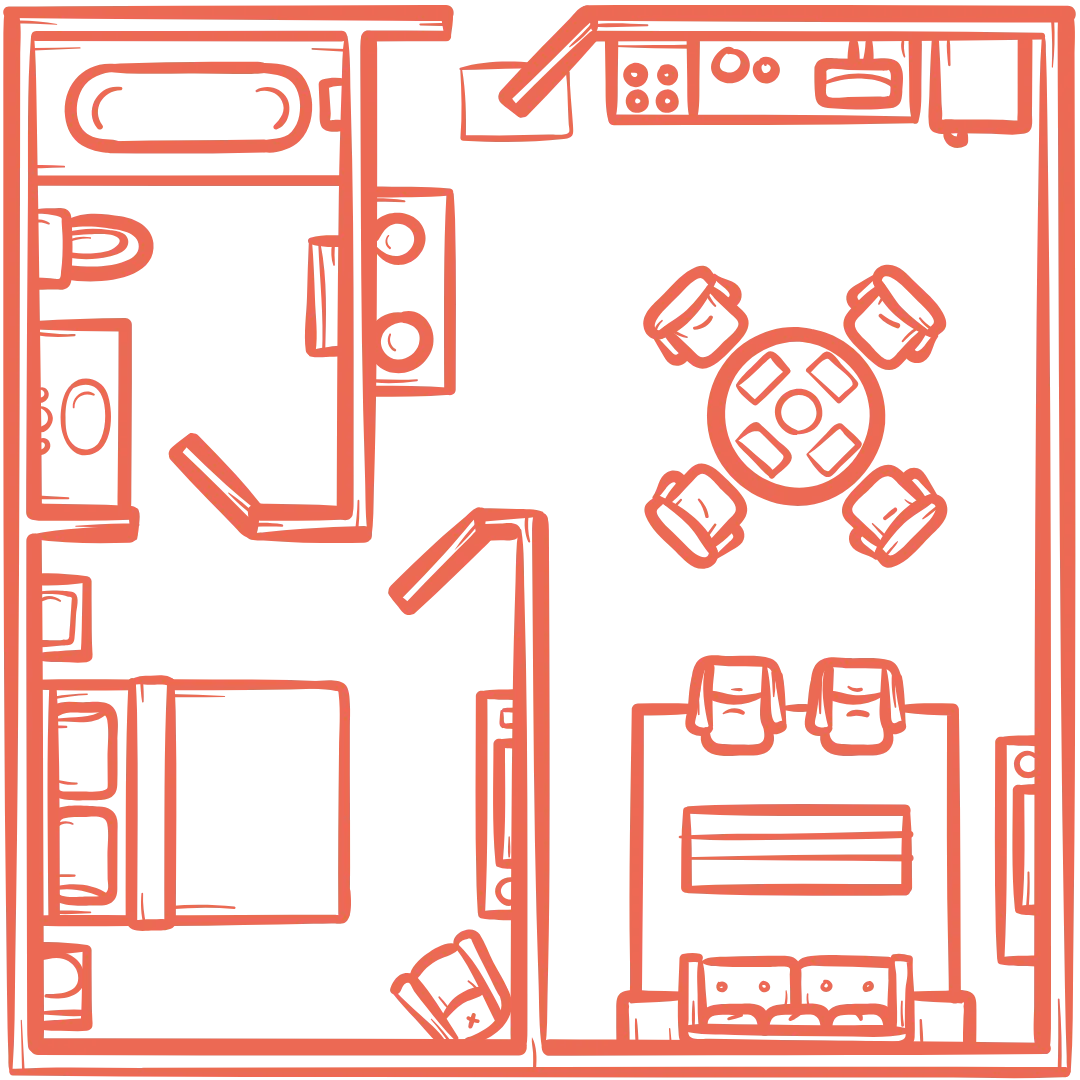




























.webp)
.webp)
.webp)
.webp)
.webp)
.webp)
.webp)
.webp)
.webp)

.svg)




.webp)
.webp)











































.png)
.png)
.webp)


















